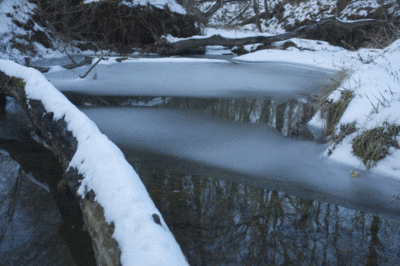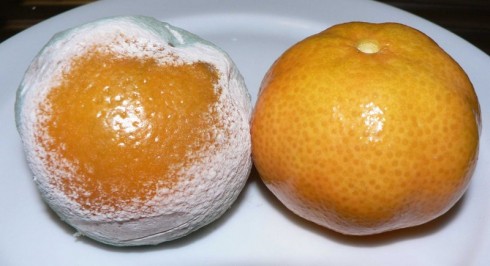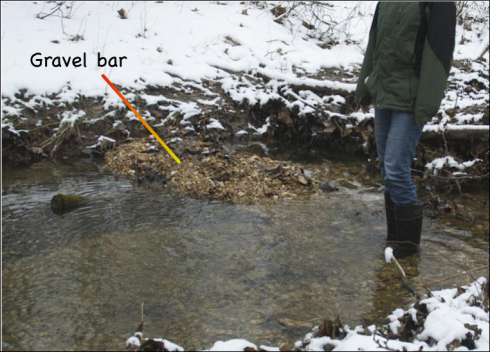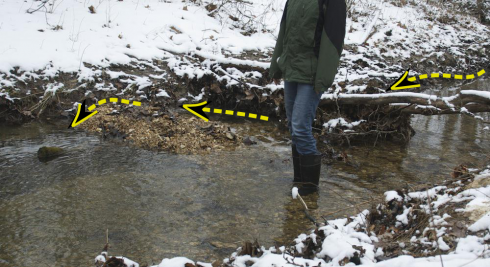When you pluck a guitar string, the string moves up and down really fast. However, if you take a video of it with a digital camera with a rolling shutter (which most cameras have at the moment) it captures the motion of the string in a wavelike pattern that is proportional to the frequency of the motion of the string; the smaller strings move faster, create a higher pitched sound, and shows up as shorter-wavelength waves. Note: this is not the way the strings actually move, it’s an interesting, and potentially useful optical effect.
Because the optical effect really makes it look like there are a lot of internal waves rolling along the string — which there are not — I’d be quite cautious about using this in physics class. However, if a student wanted to go into the detail to understand how it works — and then explain it to the class, they can start with the math about standing waves in instrument strings and the relationship between sound pitch and wave motion, and a visual explanation of the rolling shutter effect:







